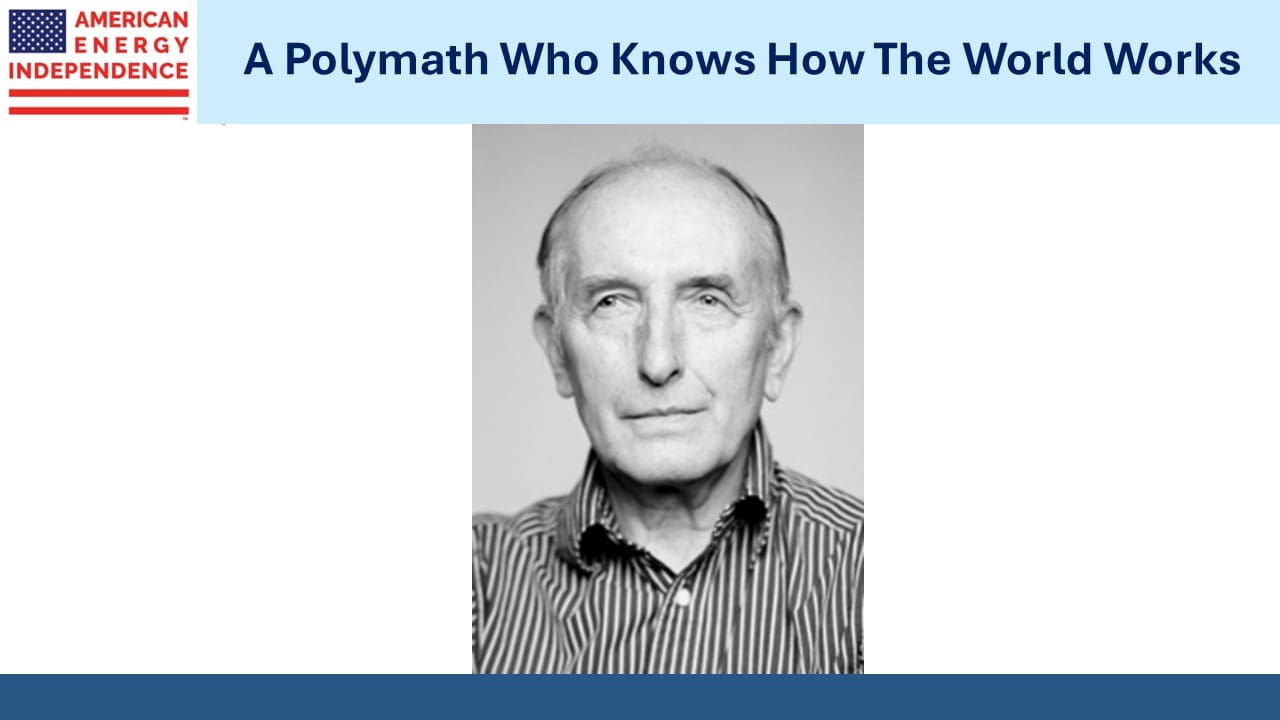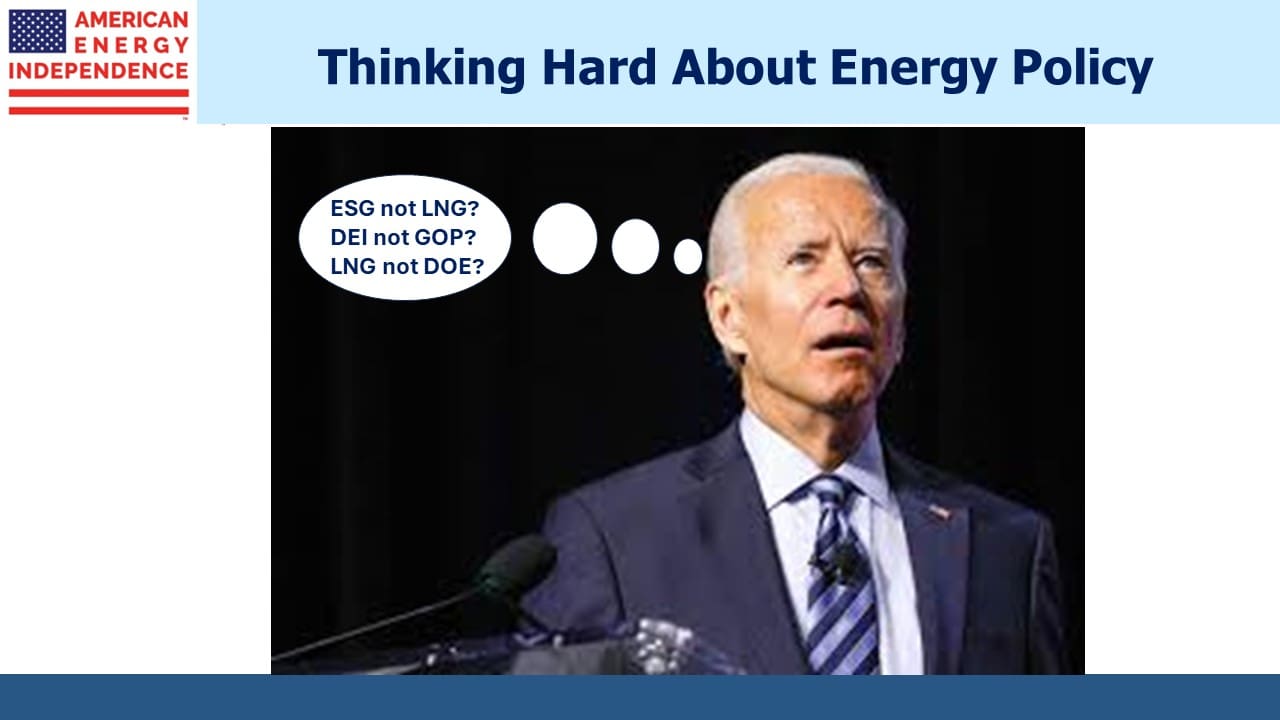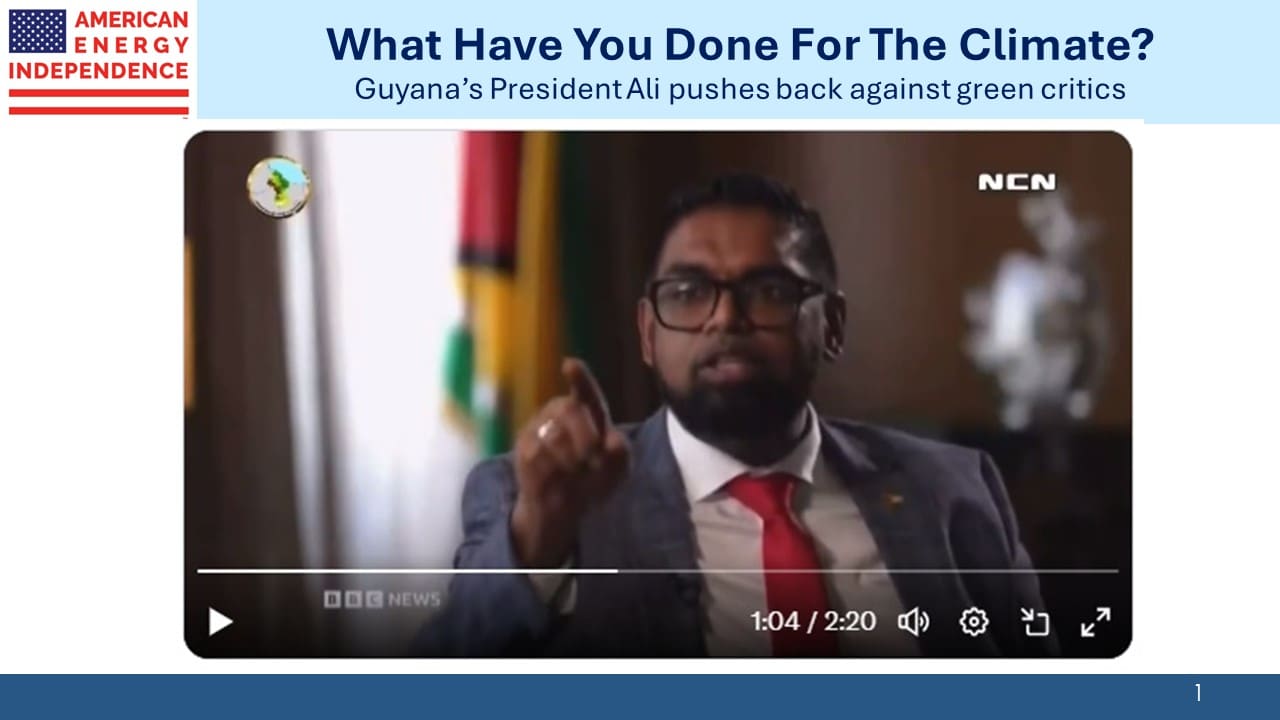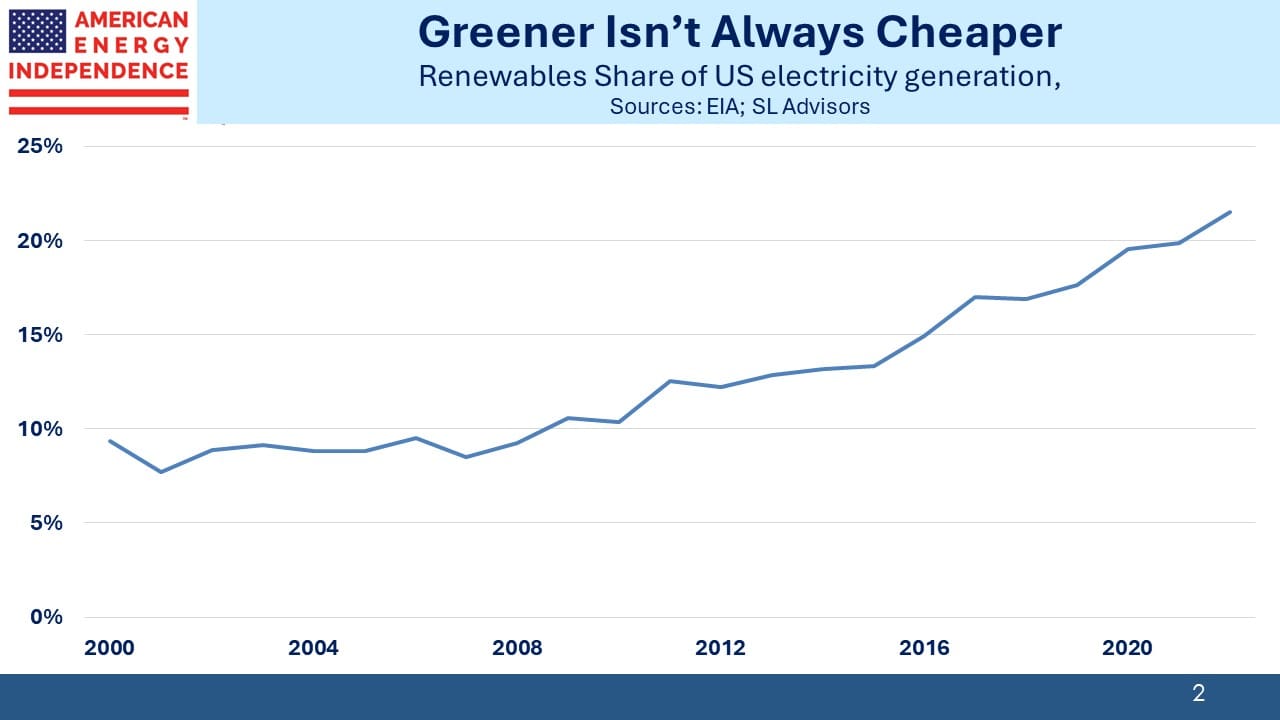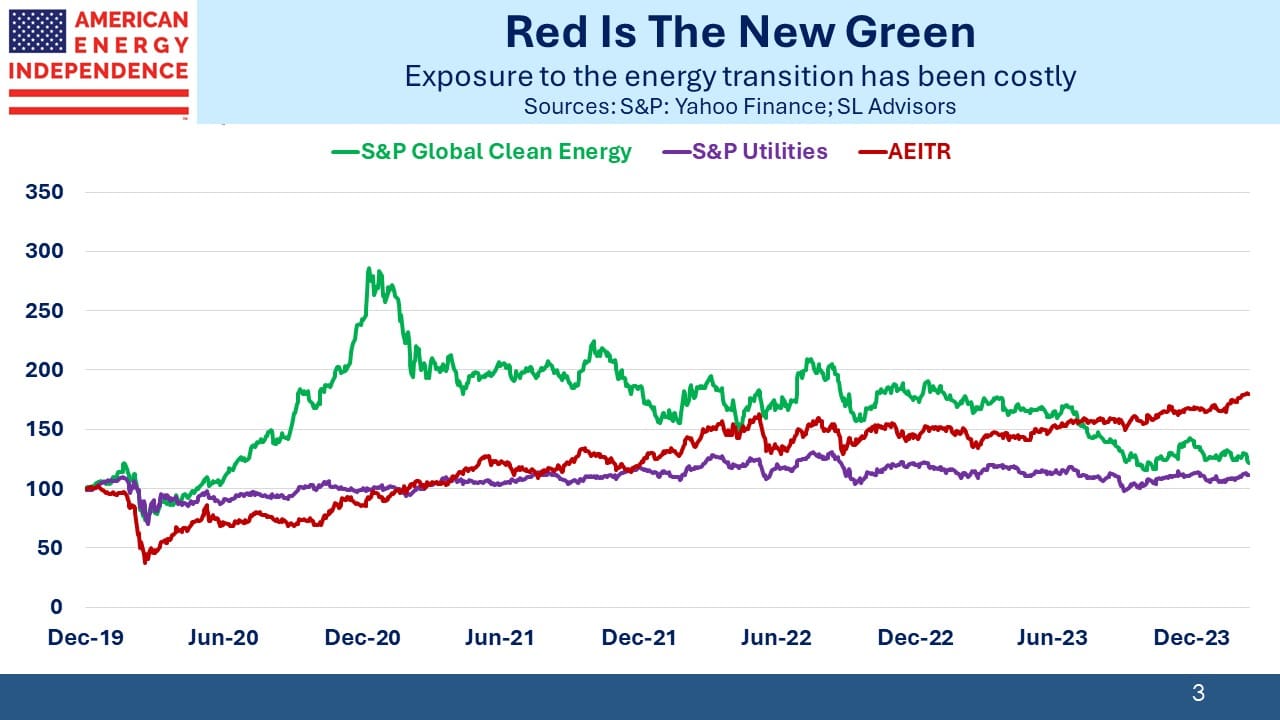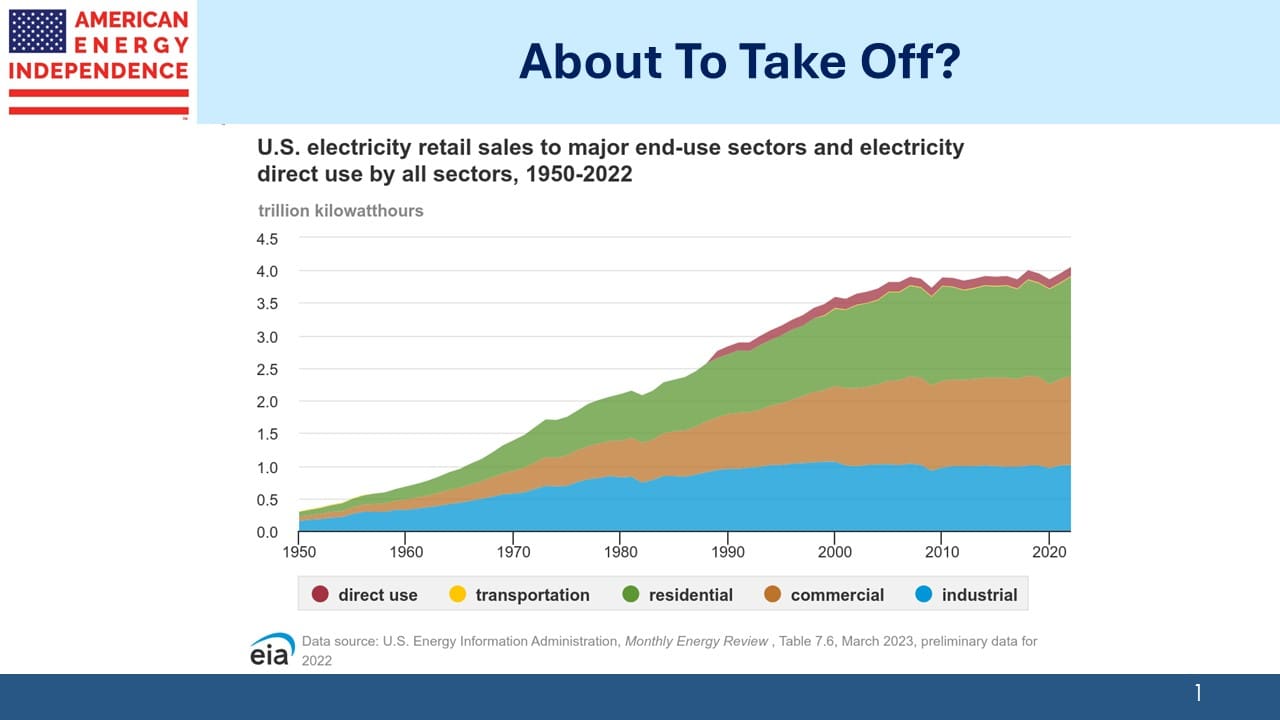Realism On The Energy Transition

Vaclav Smil is often described as a polymath. His website says he does interdisciplinary research in the fields of energy, environmental and population change, food production, history of technical innovation, risk assessment, and public policy. He is Distinguished Professor Emeritus at the University of Manitoba.
I first came across his books when Bill Gates described Smil as his favorite author. His 2022 How the World Really Works: The Science Behind How We Got Here and Where We’re Going is one of his best.
Mike Cembalest is JPMorgan’s Chairman of Market and Investment Strategy for Asset Management. He’s a highly skilled investment writer via his Eye on the Market series and annual energy papers and engaged Smil as technical advisor on energy topics for years. Smil is now 80 and has a less formal role. Cembalest says, “the opportunity to learn from him is one of the highlights of my 36 years at JP Morgan.”
For my part, both continue to be a vital source of information and insight via their writing.
We spend a lot of time thinking and reading about climate change. In a recent essay, Smil provided a dispassionate assessment of the energy transition grounded in facts.
Simply put, the world has no chance of reaching the UN’s goal of eliminating CO2 emissions over the next quarter century.
In 2018 when “zero by 50” was first articulated as a goal, UN scientists concluded that emissions needed to decline by around 45% from 2010 levels by 2030. Today that means eliminating nearly 16 billion tons of CO2 over the next six years, close to what China and the US generate today. Zero by 50 requires cutting almost half of India’s emissions every year, assuming no net growth anywhere else.
Global energy demand is generally forecast to rise by 10-15% by 2050.
Emissions haven’t even peaked yet.
Zero by 50 means replacing all thermal power generation capacity (currently 4 terawatts); converting 1.5 billion combustion engines including 50 million tractors; upgrading half a billion natural gas furnaces, 120,000 merchant ships and nearly 25,000 airplanes.
Smil often reminds how long previous energy transitions have taken. Coal surpassed wood in 1900 and didn’t peak until the 1960s. Then there’s the growth in developing world economies. Wood, charcoal, straw and dried dung provide around 5% of the world’s primary energy for 3 billion people, mostly for cooking. These people aspire to use natural gas.
Over the past quarter century combusted fossil fuels have increased by over half.
Many processes can’t be easily electrified. These include cement manufacture which requires high heat; fertilizer production which is a chemical conversion of methane (natural gas) into ammonia; and aviation because battery-powered planes defy aerodynamics. Smil also points out that a transition to solar and wind power means accepting less efficiency because renewables are low density (need large amounts of space) and intermittent (it’s not always sunny and windy).
The additional materials needed for EVs, solar and windpower and the rest of the energy transition are inconceivable. Smil estimates between now and 2050 we’ll need an extra 150 millions tons of copper (seven years of current production) just for EVs and 600 million tons in total; 40X as much lithium as is currently mined and 25X as much graphite and cobalt; 5 billion tons of steel (2.5X annual output).
All these minerals and inputs will have to be mined and produced without generating any new CO2.
Smil calculates that rich countries like the US would need to dedicate 20-25% of GDP to the energy transition through 2050, a level of commitment to a cause we achieved only once before, for less than five years during World War II.
When you look carefully at history, consider politics and add the desire of most of the world’s population to improve their living standards, only one conclusion is possible.
There’s no realistic likelihood of this goal being achieved.
Scientists, politicians and climate extremists have raised awareness but failed to inspire popular support for the policies they prescribe. This is democratic. It involves a substantial economic sacrifice by people today to benefit future generations. Democracies aren’t good at that. We can’t even embrace measures to curb our looming fiscal catastrophe even though America’s soaring debt is plain to see and not subject to any scientific uncertainty. Climate change and the deficit share this common challenge – getting today’s voters to care about generations not yet born is not a winning political message.
Vaclav Smil explains why we should stop worrying about climate change and plan on dealing with the consequences.
To turn it back to investing: the desire of so many to raise living standards has to be good for US natural gas, especially once the pause on LNG exports is lifted. And as it becomes clear that the solar/wind obsession is not making much impact, more pragmatic solutions are likely. A serious effort that is success-oriented instead of aspirational includes fast-tracking nuclear power and a worldwide coal-to-gas switch, emulating America’s biggest success in reducing emissions.
We have three have funds that seek to profit from this environment:
Energy Mutual Fund Energy ETF Real Assets Fund

